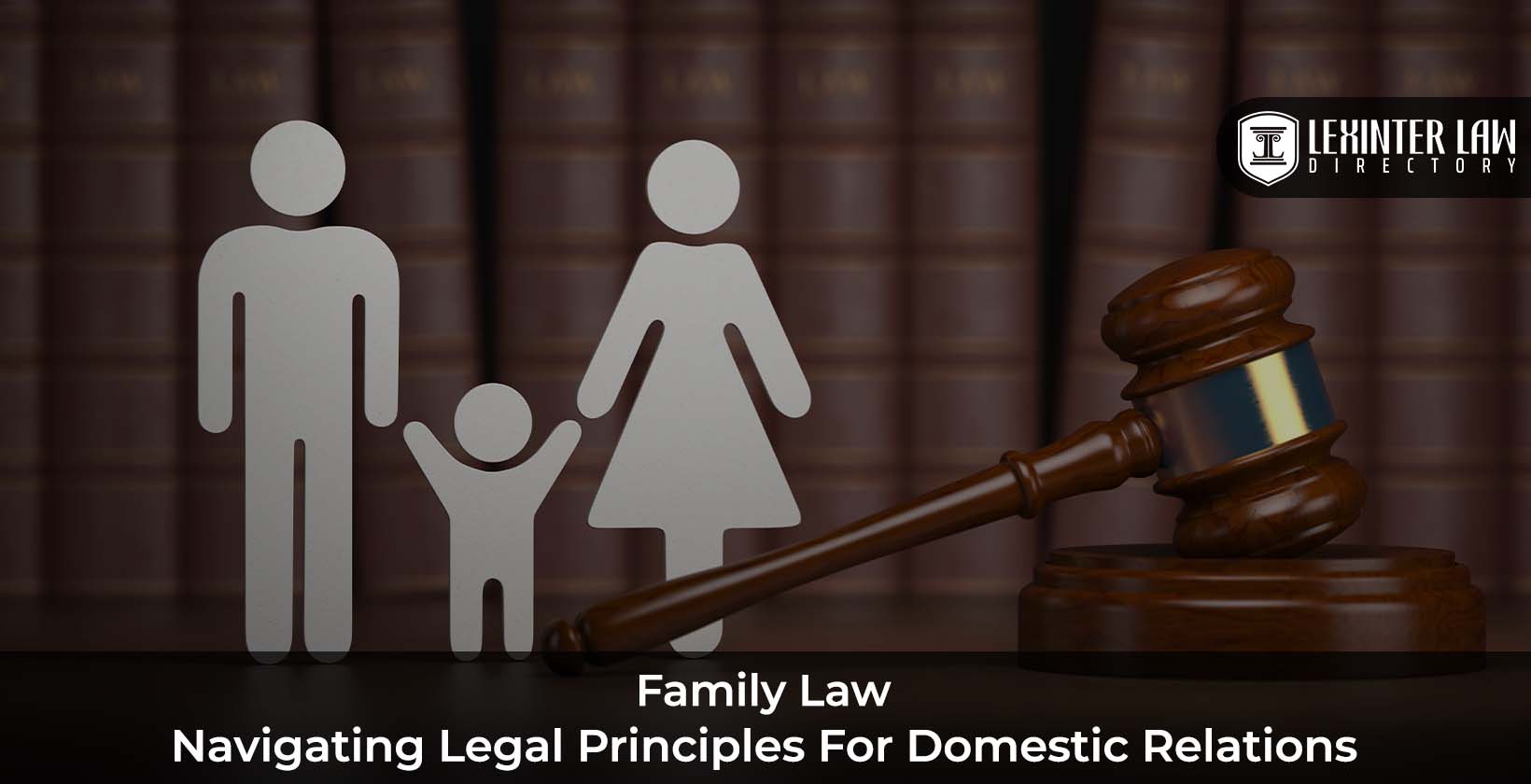Single-Car Accident Overview
A single-car accident occurs when your vehicle encounters a crash involving an inanimate object or surface. Unlike multi-vehicle collisions, such as head-on or side-impact accidents, single-car accidents do not involve another automobile directly. Instead, they typically involve fixed objects like trees, light posts, guardrails, or buildings. These accidents can be just as dangerous and cause severe injuries, even fatalities, so understanding their causes and consequences is vital.
While single-car accidents account for roughly a quarter of all traffic fatalities, they can happen to anyone, regardless of age, experience, or location. According to the National Highway Traffic Safety Administration (NHTSA), over 28,000 people lost their lives in single-vehicle crashes in the United States in 2020.
Driving under the influence of alcohol or drugs and speeding are major contributing factors in single-car accidents, but other factors can also contribute, such as:
Understanding the Impact of Single-Car Accidents
The consequences of single-car accidents can be severe, ranging from minor injuries to life-threatening conditions. Common injuries sustained in these accidents include:
In addition to physical injuries, single-car accidents can also have psychological and emotional consequences, such as:
The financial burden of single-car accidents can be substantial, with costs associated with medical treatment, lost wages, and property damage. In some cases, these expenses can be covered by insurance, but there may be instances where victims are left responsible for significant out-of-pocket costs.
Seeking Legal Assistance After a Single-Car Accident
If you or a loved one has been involved in a single-car accident, it is advisable to consider seeking legal assistance. An experienced personal injury attorney can help you:
It is important to seek legal guidance as soon as possible after an accident, as there are strict deadlines and procedures to follow. An attorney can provide valuable advice and support throughout the legal process.
Single-Car Accidents: Understanding the Causes and Consequences
On a fateful evening, as the sun dipped below the horizon, a lone vehicle careened off the road, its tires squealing and metal screeching. A single-car accident, a chilling reminder of the perils that lurk on our roadways. But what triggers these harrowing incidents? Delving into the causes of single-car accidents can help us navigate the risks and safeguard our safety.
Causes
Single-car accidents can stem from a complex interplay of factors. Driver error, a leading cause, encompasses a wide range of behaviors, from speeding and reckless driving to distracted driving and drowsiness. Mechanical failures, though less common, can introduce an element of unpredictability, leaving drivers at the mercy of faulty brakes or malfunctioning steering systems.
Driver Error: A Multifaceted Culprit
Driver error, a veritable Pandora’s box of missteps and misjudgments, plays a pivotal role in single-car accidents. Let’s delve into the most prevalent types of driver error:
- **Speeding**: When drivers push the pedal to the metal, they not only flout the law but also exponentially increase their chances of losing control.
- **Reckless Driving**: Actions such as weaving in and out of traffic, tailgating, and running red lights defy common sense and are a recipe for disaster.
- **Distracted Driving**: In the age of smartphones and infotainment systems, it’s all too easy to lose focus on the road. Texting, talking on the phone, or even adjusting the radio can divert a driver’s attention, with potentially catastrophic consequences.
- **Drowsiness**: Fatigue impairs a driver’s judgment and reaction time, creating a dangerous concoction that often ends in accidents.
- **Impairment**: Driving under the influence of alcohol or drugs severely compromises a driver’s coordination, perception, and decision-making abilities, turning them into a ticking time bomb on wheels.
Addressing these types of driver error requires a collective effort. Stricter traffic laws, public awareness campaigns, and driver education programs must work in tandem to curb the senseless loss of life and limb on our roads.
What is a Single-Car Accident?
Imagine driving down the road when suddenly, you lose control of your car, careening off the pavement and into a ditch. You’re all alone, and the impact rattles your body. This is what a single-car accident looks like, and it’s more common than you might think.
Impacts
Single-car accidents can have a profound impact on those involved. These accidents often result in physical injuries ranging from minor cuts and bruises to severe head traumas or broken bones. The property damage can be extensive, with vehicles often totaled or requiring major repairs. Moreover, emotional distress is a common aftermath, leaving victims feeling shaken, anxious, or even depressed.
Emotional Impacts
The emotional toll of a single-car accident can be significant. Victims may experience feelings of guilt, shame, or anger. They may have difficulty sleeping or concentrating, and they may withdraw from social activities. In some cases, they may even develop post-traumatic stress disorder (PTSD). Single-car accidents can also strain relationships with family and friends, as victims may become irritable or withdrawn.
For example, let’s say you were driving home from work when you swerved to avoid a deer and ended up in a ditch. You weren’t physically injured, but you’re still feeling shaken. You can’t stop replaying the accident in your mind, and you’re afraid to drive again. This is a common reaction to a single-car accident, and it’s important to seek help if you’re experiencing similar symptoms.
There are a number of things you can do to cope with the emotional aftermath of a single-car accident. Talking to a therapist can be helpful, as they can provide support and guidance. You may also find it beneficial to join a support group for people who have been through similar experiences. Finally, be patient with yourself. It takes time to heal from the emotional trauma of an accident.
A Scary Thought: What Happens After a Single-Car Accident?
In the blink of an eye, everything can change. You’re driving along, minding your own business, then bam! You’re in a single-car accident. It can be a frightening and confusing experience, leaving you wondering what to do next. It is imperative to stay calm and collected so you can take the necessary steps to protect yourself.
Single-car accidents can happen for various reasons. Maybe you were distracted by something, or perhaps the weather conditions were poor. Whatever the cause, it’s essential to know what to do if you find yourself in this situation.
Legal Consequences
Depending on the circumstances, single-car accidents can have legal implications. This includes liability issues and insurance coverage issues. If you were at fault for the accident, you could be held liable for damages to your vehicle and any other property.
You could also be held liable for injuries to yourself or others. In this case, even if you were not at fault for the accident, you could still be held liable if you were driving without insurance.
That’s why it’s imperative to have adequate insurance coverage. Liability coverage will protect you if you are at fault for causing an accident. Collision coverage will cover the damages to your vehicle, regardless of who caused the accident.
If you’re unsure whether you have adequate insurance coverage, it’s best to contact your insurance company and speak with an agent. They can review your policy and make sure you have the coverage you need.
Single-Car Accidents: Understanding and Prevention
It was a seemingly normal morning on a quiet country road when Sarah lost control of her car. She swerved off the road and crashed into a tree. Though fortunate to escape with only minor injuries, Sarah’s accident serves as a sobering reminder of the devastating consequences of single-car accidents.
Preventive Measures
Preventing single-car accidents hinges on drivers adhering to safety measures. Obey traffic laws, maintaining mechanical integrity, and eliminating distractions are paramount. First, following speed limits and avoiding reckless driving behaviors, like weaving in and out of traffic, are critical. Second, regularly inspecting and maintaining a car’s mechanical components, such as brakes and bald tires, can prevent potential breakdowns or malfunctions. Third, distractions like texting or talking on a cell phone can lead to a lapse in attention and should be avoided while driving.
Contributing Factors
While many single-car accidents are attributed to driver error, other factors can contribute. Fatigue, whether from long drives or sleep deprivation, can impair judgment. Adverse weather conditions can make roads slippery, reducing visibility and traction. Road hazards, such as fallen debris or uneven surfaces, can pose risks. Understanding and being aware of these factors can help drivers minimize their impact.
Common Consequences
The consequences of single-car accidents can vary widely, ranging from minor injuries to fatalities. Physical injuries, such as broken bones or lacerations, may require medical attention and recovery time. Additionally, psychological trauma, such as anxiety or post-traumatic stress disorder, can be a lasting consequence. Furthermore, property damage and financial losses, like car repairs or insurance costs, can add to the emotional and financial strain.
Seeking Assistance
If involved in a single-car accident, prioritizing safety is paramount. Do you stay calm and assess the situation? Call 911 immediately to request emergency assistance. If possible, move your vehicle to a safe location and remain in it until help arrives. When speaking to the police, insurance companies, or legal professionals, honesty and clarity are essential for an accurate assessment. Seeking support from family and friends can provide emotional comfort during this challenging time.
Single-Car Accidents: Causes, Consequences, and Prevention
Picture this: You’re driving down the road, minding your own business, when suddenly, your car veers off course and crashes into a tree. You’re the only one in the car, and you’re disoriented, shaken, and wondering, “Why did this happen?” Single-car accidents, while often less severe than multi-vehicle collisions, can still be traumatic and life-altering events. Understanding the potential causes and consequences of these accidents is crucial for drivers of all ages and experience levels.
Causes of Single-Car Accidents
Single-car accidents can be caused by a wide range of factors, including:
- Distracted driving: Using a cell phone, texting, or eating while driving can significantly increase the risk of an accident.
- Impaired driving: Driving under the influence of alcohol, drugs, or fatigue can impair judgment, reaction time, and coordination.
- Speeding: Traveling at excessive speeds makes it more difficult to control a vehicle, especially in hazardous conditions.
- Road conditions: Poor road conditions, such as slippery surfaces, potholes, or debris, can contribute to accidents.
- Vehicle malfunctions: Mechanical failures, such as brake or tire problems, can also lead to single-car accidents.
Consequences of Single-Car Accidents
The consequences of single-car accidents can vary depending on the severity of the impact. However, even minor accidents can result in:
- Injuries: Broken bones, lacerations, and head injuries are common in single-car accidents.
- Property damage: Vehicles can be totaled or suffer significant damage in a single-car accident.
- Emotional distress: Single-car accidents can be extremely frightening and may lead to anxiety, depression, or post-traumatic stress disorder (PTSD).
- Financial burden: Hospital bills, vehicle repairs, and lost wages can add up quickly after a single-car accident.
Prevention of Single-Car Accidents
Taking precautions can greatly reduce the risk of being involved in a single-car accident. Here are some tips:
- Pay attention to the road: Avoid distractions and keep your eyes focused on the road ahead.
- Drive sober: Never drive under the influence of alcohol or drugs.
- Obey speed limits: Maintain a safe speed for the road conditions.
- Be aware of road conditions: Pay attention to weather conditions and road signs warning of potential hazards.
- Regularly maintain your vehicle: Ensure that your brakes, tires, and other safety features are in good working order.
Conclusion
Single-car accidents can have significant consequences, emphasizing the importance of safe driving practices and accident prevention measures. By paying attention to the road, driving sober, obeying speed limits, and taking care of your vehicle, you can significantly reduce the risk of being involved in a single-car accident. Remember, every life on the road is precious, and safe driving is a responsibility we all share.




Leave a Reply